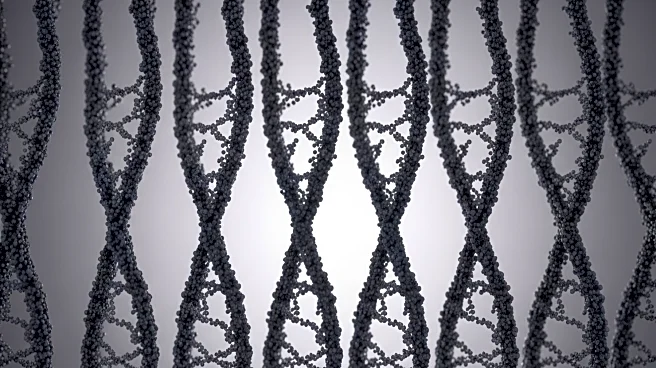What's Happening?
A recent study published in Nature has unveiled a holographic hyperbranched polymer nanocomposite grating with exceptionally large neutron scattering length density modulation amplitudes. The research focused on the diffraction efficiency and neutron-optical performance of the grating, which was tested using a readout laser beam and neutron diffraction measurements. The study found that the grating exhibited significant modulation amplitudes, surpassing previous records for similar materials. This was achieved through efficient phase separation and high photosensitivity during holographic assembly, allowing for substantial migration of organic nanoparticles within the interference pattern.
Why It's Important?
The findings have implications for the development of advanced materials with enhanced optical and neutron diffraction properties. Such materials could be used in various applications, including imaging technologies, sensors, and other optical devices. The ability to achieve high modulation amplitudes in organic nanoparticle systems opens new possibilities for creating materials with tailored optical properties, potentially leading to innovations in fields like photonics and materials science.
Beyond the Headlines
The study highlights the potential for organic nanoparticles to achieve significant modulation amplitudes, challenging conventional limits set by inorganic systems. This could lead to a shift in how materials are designed for optical applications, emphasizing the role of organic components in achieving desired properties. The research also suggests that exploring the Pendellösung effect with high modulation values could enable mirror-like reflection without significant flux losses, offering new avenues for material design.











